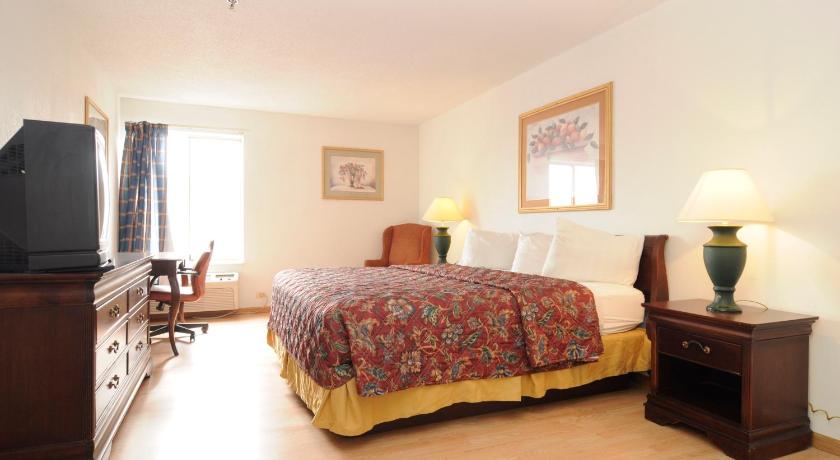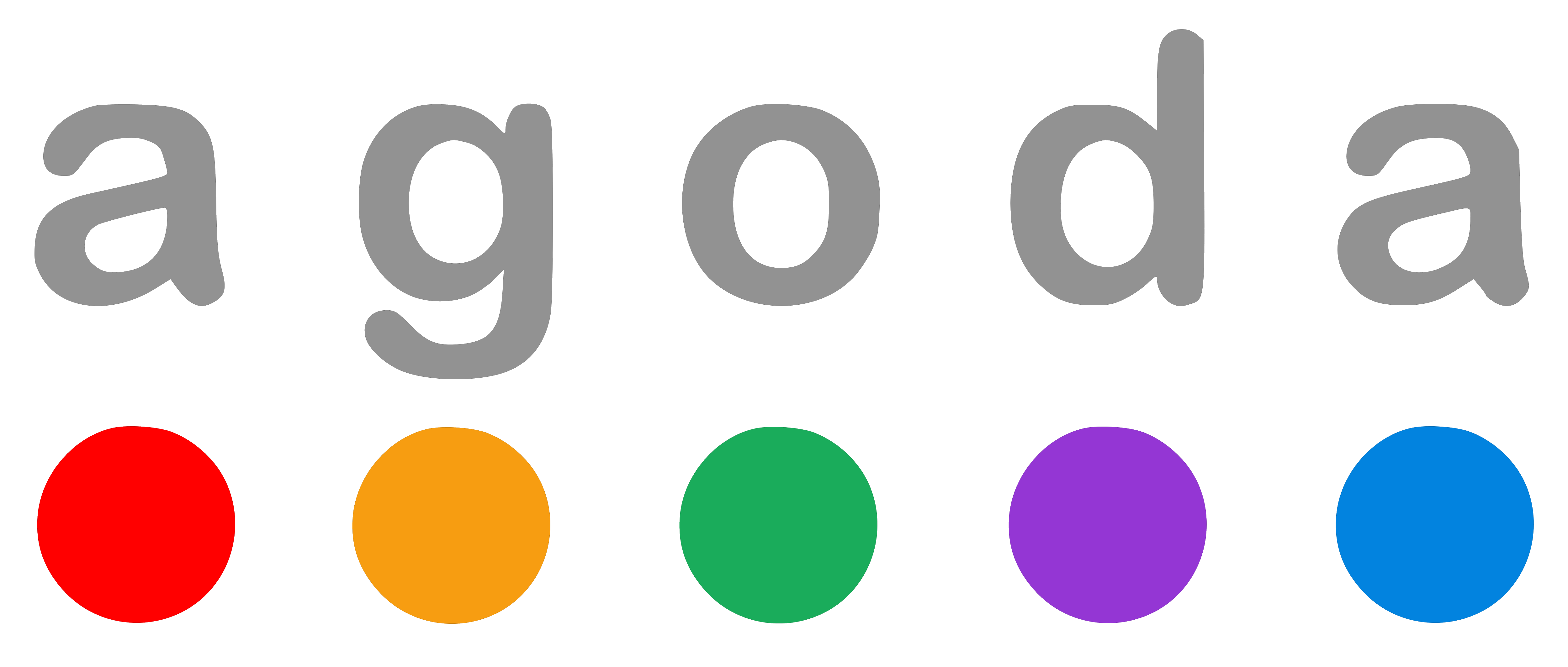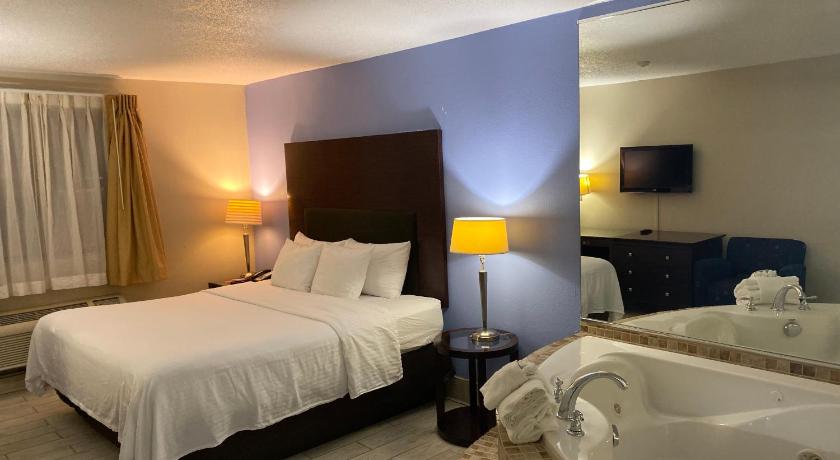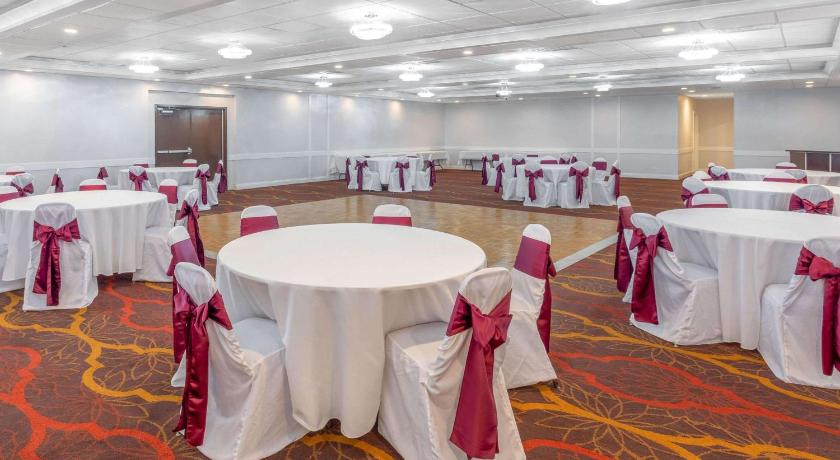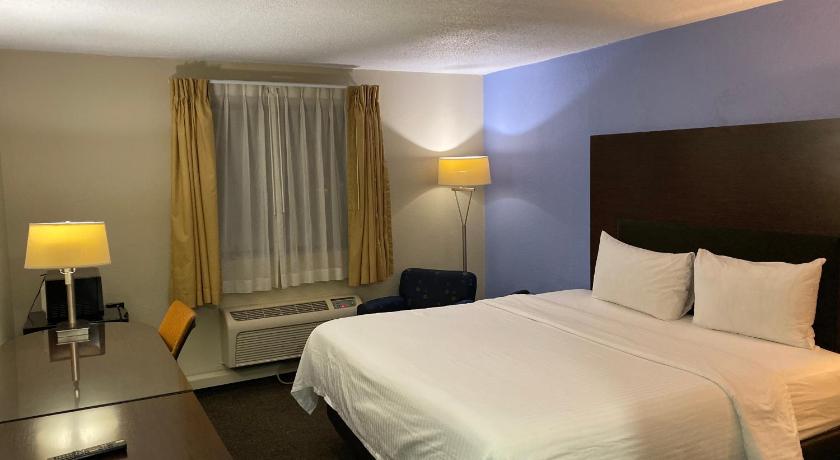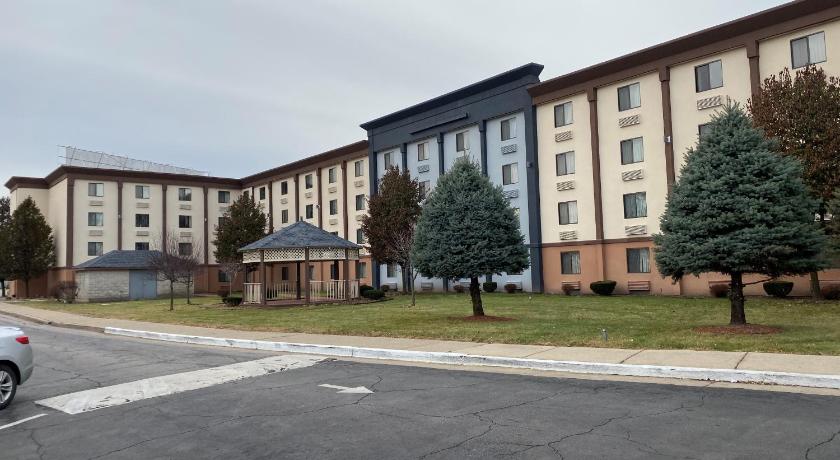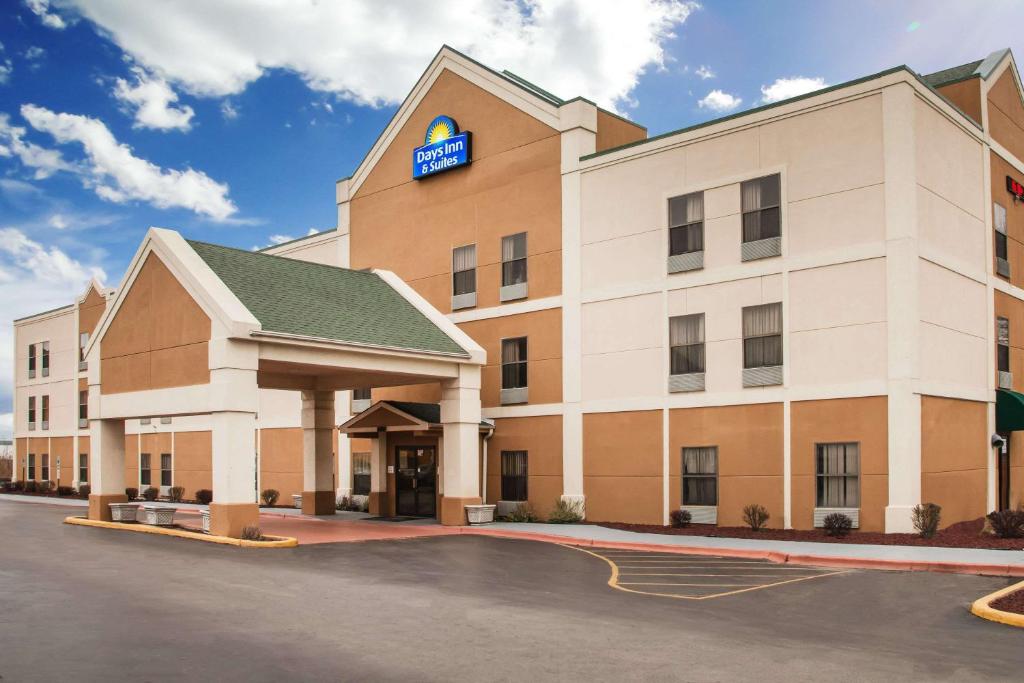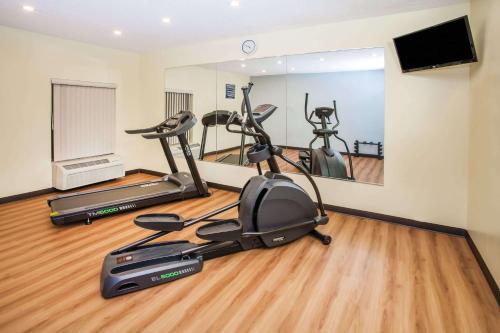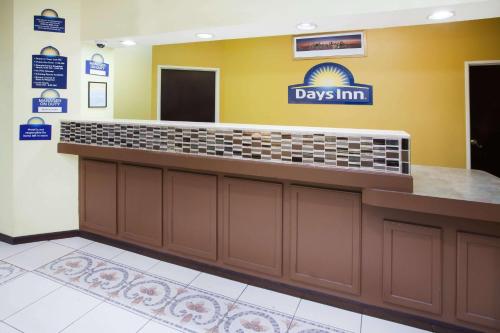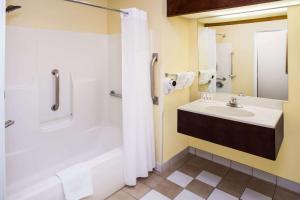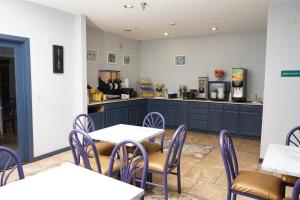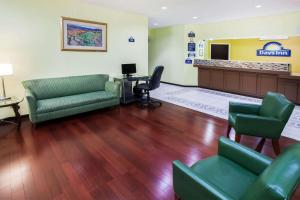Mentioned by TripSavvy
Check Out the 8 Best Parks in Chicago


"Covering an area of over 60 acres, Rainbow Beach and Park is a huge beach and one of the prominent public park areas in Chicago. Meander along the expansive lush green area of the park, choose from the varied sports options on offer which include basketball, tennis, baseball, handball, and take pleasure in the unparalleled views of the lakefront along with the skyline. Rainbow Beach and Park hosts holiday-themed events throughout the year and also organizes summer camps for adults and kids alike."

"Burnham Park stretches six miles along the shores of Lake Michigan's Oakland Shoal from 14th Street to 56th Street, covering just shy of 600 acres of waterfront. The large Burnham Harbor takes up the shoreline from the park's northern end to 22nd Street, well-protected by Northerly Island. Burnham Park starts at the southern end of Grant Park, and is home to numerous attractions including Soldier Field, home of The Chicago Bears."
"Burnham Park runs for 6 miles (9.7 km) along Chicago's lakefront from Grant Park in the north to Jackson Park in the south, through the neighborhoods of Near South, Douglas, Oakland, Kenwood and Hyde Park."

"At 280 acres, Big Marsh certainly lives up to its name, but this far southeast side public park—opened in 2016 in the Calumet Area Reserve—is still a relative secret to most locals. The park includes 45 acres of recreation areas designed specifically for mountain and BMX biking and casual trail riding. The rest (234 acres) is a nature preserve great for hiking and bird-watching."
"Whether you want to relax with a nature walk or go on an adventurous hike, this park is a great place to check out. Forty-five acres of the park are dedicated to more intense endeavors, such as hiking, adventure courses and off-course biking. The other 235 acres is devoted to more passive activities like bird-watching and nature walking."
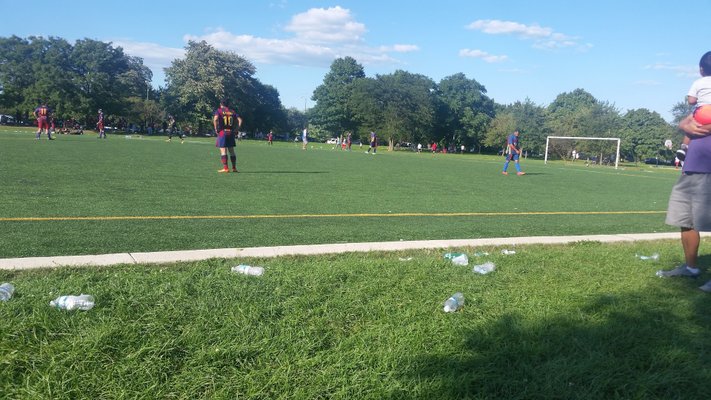
"Located in the Chicago Lawn neighborhood on the southwest side of Chicago, Marquette Park is the largest park on the southwest side totaling 323 acres. In addition to two gymnasiums, an auditorium, woodshop, Martin Luther King, Jr. kiosk and multi-purpose rooms, it's also home to one of the most affordable 9-hole golf courses in the city. Residents and visitors alike can enjoy a community garden, rose garden, prairie and 500 newly planted trees."
"Chicago Lawn is home to this huge 323-acre park, featuring two gymnasiums, an auditorium, four sports fields, a nine-hole golf course, fishing area, running paths, and a community garden. Don’t miss seeing the rose garden, prairie, and lagoon. A Dr. Martin Luther King, Jr. sculpture and an Art Deco Darius and Girenas Memorial are worth viewing as well."

"Explore all 60 acres of Chicago’s historic Sherman Park on the city’s South Side. A big, circular ring-like pond encompasses the whole park, so you will never be far from views of the water. This historic park offers multiple baseball fields, a tennis court, and a basketball court."

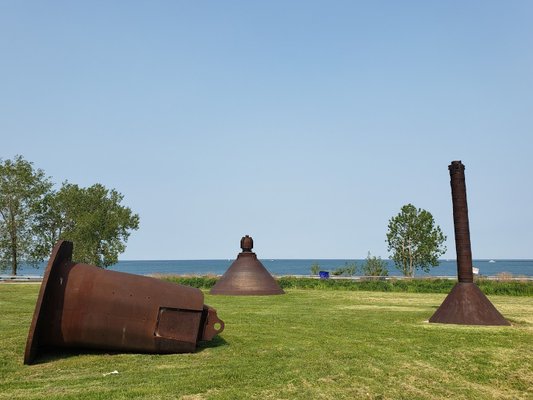
"This slag-filled site at the confluence of Lake Michigan and the Calumet River was once home to the massive South Works U.S. Steel manufacturing plant that employed 20,000 workers at its peak. But the steel giant closed in the early ‘90s and the Chicago Park District acquired the vacant land. In 2014, it re-opened as Steelworkers Park—a 16.5-acre lakeside landscape dotted with pleasant walking paths, artifacts of the old U.S."

"Known simply as the Midway, this mile-long natural stretch on the South Side connects the east end's Washington Park to Jackson Park on the west. Once the site of amusements during the 1893 Columbian World's Exposition (AKA World's Fair), the Midway is flanked by Hyde Park's noted gothic architecture, particularly the University of Chicago campus, and tree-lined boulevards, as well as outfitted with an ice skating rink and other facilities to keep folks visiting year-round."

"The Burnham Wildlife Corridor is a 100-acre area of urban wilderness running through Burnham Park. There is a bird sanctuary, a bioretention basin, nature paths, and a centennial prairie. Native prairie grasses, savanna, and woodland ecosystems create the largest natural area along the lakefront, according to the park district."


"Washington ParkCelebrate the achievements of African-Americans in the past and present Named for Jean Baptiste Point DuSable, a Haitian who is credited for establishing Chicago in 1779, the DuSable Museum of African-American History celebrates African-American history, culture, and art through world-class exhibits and programming, including permanent exhibits highlighting African-Americans in the military and telling the story of the African-American experience, from the Transatlantic Slave Trade through Reconstruction, the Great Migration, the Jim Crow era, the Civil Rights and Black Power Movements, and the US’s first black president. What to know before you go: The DuSable Museum of African-American History is open 10am to 5pm Tuesday through Saturday and noon to 5pm Sunday. Admission is $10 for adults, $7 for students and seniors, $3 for children ages 6-11 and free for children 5 and younger, with discounts for Chicago residents and free admission every Tuesday."
"The DuSable Museum of African American History in Chicago highlights African American history, culture, and art. Founded in 1961 as the Ebony Museum of Negro History and Art, the DuSable Museum today has a collection comprised of more than 13,000 different objects to include works by Langston Hughes, St. Clair Drake, and W.E.B. Du Bois."

"Smart Museum of Artart Museum of Art in the University of Chicago campus, Illinois has a permanent collection of over 15,000 items. It is displayed in four permanent exhibition galleries which include Modern art, Asian Art, European Art and Contemporary Art. These collections are also used for academic purposes and are taught at the University."
"5550 S Greenwood AveHours: Galleries are closed for reinstallation until September 11th, 2015. Regular hours (Mon-Fri, 8:30am-3pm; Sat-Sun, 11am-3pm) resume September 12th."
"If you want to see masterpieces but don't want to spend a long day wandering around one of the major art museums, the Smart may be just…"




"Rainbow Beach is a 61-acre public beach and park within Chicago's South Chicago neighborhood, originally developed as two separate beaches in the early 20th century before being consolidated into a single beach when the area was acquired by the Chicago Park District in 1959. The beach is named in honor of the United States Army's World War I 42nd Rainbow Division and is located at the terminus of 75th Street at the Lake Michigan shoreline, one of 18 street-end municipal beaches located throughout the city. A field house at the beach, developed in 1999, offers a fitness center, gymnasium, handball courts, and multipurpose community rooms, while a nine-acre natural area preserves significant dune habitats."
"South ShoreLike many South Side beaches, Rainbow has a lovely view of the Downtown city skyline, as well as Wi-Fi, free parking, a playground, handball courts, and a nine-acre natural dune habitat. What more can you ask for?. What to know: With a gymnasium and fitness center, it’s Chicago’s version of Muscle Beach."
"Located in the South Chicago neighborhood, Rainbow Beach is also connected to the Rainbow Beach Park. Pack a picnic and escape the hot sun for a midday lunch in the shaded park!"

"Calumet Beach is a lovely public beach within Chicago's Calumet Park, which was originally developed by the Olmsted Brothers in 1905 as an urban oasis for the city's crowded immigrant neighborhoods. The park, which was not completed until the 1930s, is named for the Norman-French term chamulet, or pipe, a reference to peace pipes traded between French traders and indigenous Great Lakes tribes. Today, its beach is open to the public daily between 6:00am and 11:00pm, with lifeguards staffed on duty during peak hours between Memorial Day and Labor Day."
"East SideLocated a stone’s throw away from the Indiana border, you'll find the delicious seafood spot Calumet Fisheries just a short 5-minute drive from here. Given that it’s not the most populated beach in Chicago, this stretch of shoreline is ideal for large gatherings. As part of the 200-acre Calumet Park, the area features a boat launch, softball and soccer fields, a playground, and several different concession stands."
"Nestled just steps away from the Indiana border, Calumet Beach is one beach in Chicago that’s least populated. The name of the beach is named as a way of tribute to the region of Calumet. This region is surrounded by several communities from the south side and the Calumet River."

"Hyde ParkTucked away behind the Museum of Science and Industry, 57th Street Beach was designed by renowned landscape architects Olmsted and Vaux as part of the 1893 World's Columbian Exposition. Parking is fairly easy west of Lake Shore Drive, and the beach is accessible via the pedestrian underpass. Once the sun goes down, head on over to nearby Promontory Point and gather around a bonfire pit (reservations needed).What to know: While the criminally underrated Promontory Point is worth a visit to this beach alone, nearby (and always bumping) neighborhood music venue The Promontory makes the trip even more appealing."
"57th Street Beach is one of Chicago's most popular swimming beaches, located within Jackson Park at 57th Street's terminus at the Lake Michigan shoreline. Though developed beachfront has existed at the site since the park's original landscaping by famed park designers Frederick Law Olmsted and Calvert Vaux in 1871, it was not renovated into a swimming beach until 1899, following the completion of Chicago's Drainage Canal. Today, it offers unprecedented views of the Chicago skyline for swimmers, along with a long-distance swimming area spanning between 55th Street and the beach's ADA-accessible pier."

